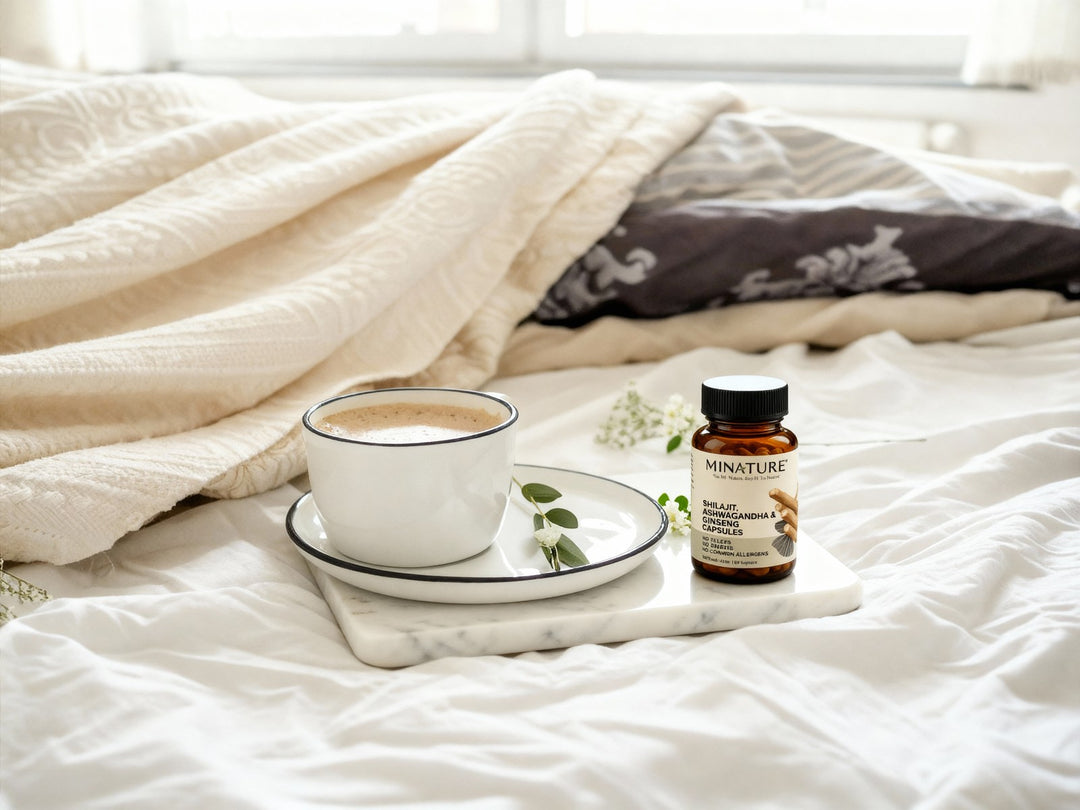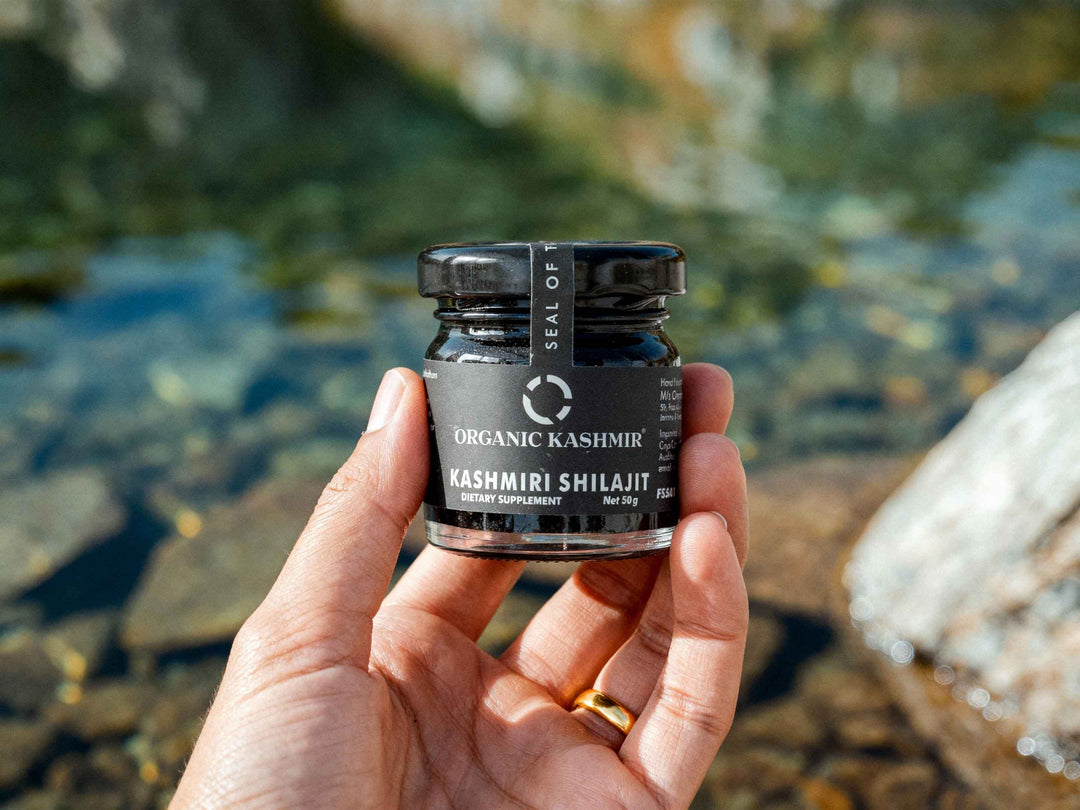Neem : The treasure herb of Ayurveda

Scientific Name: Azadirachta Indica
Family: Meliacae family
Introduction
If you've studied the fundamentals of Ayurveda or looked into Ayurvedic products online, this herb may have piqued your interest. Neem is a well-known medicinal healing herb in Ayurveda, which has many health benefits. Neem tree is called the Local Dispensary because of it’s easy availability and each part contains abundant health-promoting properties.
Neem is a deciduous and fast-growing tree. It thrives best on wet and sandy soils. It can tolerate very high temperature. It can survive on less water and not affected by the quality of water. It is known as one of the strongest shade-giving tree in drought-prone regions. It is also called as MARGOSA TREE.
Neem has been described as ‘Sarva Roga Nivarini’ (which heals all the diseases) in ancient classic Ayurveda text – Charaka Samhita. It is indeed the treasure herb of Ayurveda. Neem formulations are applied in Unani, Homeopathy and other modern medicinal treatments to treat almost all major diseases.
In India, it is used regularly as oil, cream, paste, liquid for hair, skin, teeth and joint pain. It is often used as starter for lunch as it is an ancient holistic ritual in India to eat something bitter at the beginning of the main course to increase appetite and to activate the taste buds. It has massive benefits in maintaining great health and building strong immunity.
Other names of Neem
The plant is known as Nimba in Sanskrit. Other names of the plant are:
Arishtha (kills bad vibes), pichoomard (which alleviates the doshas), tikatak (very bitter in taste), paribhadra (strong tree), hinguniryasa, Yavaneshta, etc.
Ayurvedic properties of Neem
Rasa (Taste) : Tikta (bitter) and Kashaya (Astringent)
Guna (Qualities) : Laghu (Light) and Ruksha (dry)
Virya (Potency) : Sheet (cold potency)
Vipaka (Post digestion taste) : Katu (pungent)
Effect on Dosha and Dhatu: pacifies pitta and kapha dosha and nourishes all the dhatus.
Bio-active components of Neem
Azadirachtin and nimbolide are the main complex chemical components present in Neem. The active constituents found in neem are nimbolinin, nimbin, nimbidol, sodium nimbinate, nimbidin, nimbanene, gedunin, salannin, and quercetin which acts as like flavonoids, terpenoids, coumarins, alkaloids, tannins, sulphurous compounds, carbohydrates, proteins and minerals.
Benefits of Neem according to part used
- Fruits : It helps to pass bowels easily, relieves bloating, relieves piles (hemorrhoids), worms and infections and helps in diabetes.
- Leaves: It is good for eyes, helps to relieve worms and microbes, balances Pitta and increases vata. It is a Natural detoxifier. It also relieves skin diseases and anorexia.
- Flowers: It is good for eyes, useful in skin diseases and headache.
- Bark: It ward off tiredness, treat worms, control fever, clean teeth and balance the Kapha constitution.
- Seeds: They are used for leprosy and intestinal worms. They are also used for birth control and to cause abortions.
Life-sustaining benefits of Neem
Antibacterial property
Neem is an age-old holistic approach to fight infections. Neem formulations have been effective in various skin infections, allergies, eczema, septic sores, indolent ulcers, scrofula and ringworms.
Antifungal property
Neem is an excellent antiseptic and antifungal herb, found in various preparations like antiseptic liquid, oil, cream and leave paste are used to in various fungal skin iinfection, yeast infections, ringworm and nail infections.
Immunomodulatory properties
The active immunomodulatory component present in it, works as an antioxidant to fight any damaging foreign invaders in the system. Regular intake of neem leaves powder improves overall health condition.
Excellent Blood Purifier
Being high in antioxidants, it removes toxins from the blood penetrating the deep tissues, thus effectively purifies the entire system. Chewing 4-5 neem leaves in the morning helps in detoxifying the entire system.
Beautiful Skin and Hair Health
Neem helps in maintaining glowing and radiant skin. It’s extract relieves itching, flaking and dryness of the scalp and helps to get rid of dandruff. It provides nourishment to the scalp and promotes hair growth
Excellent Wound healer
Neem is an excellent anti-inflammatory and anti-bacterial herb. Aqueous extract of neem has proven to increase cell regeneration and rapid progress in wound healing.
Strong gums
Neem twigs are used as toothbrush in India since ancient ages. It is called Neem Datun. It is made from neem bark which is antibacterial in nature and helps in getting rid of gingival problems, to make gums stronger, kill harmful bacteria in mouth and prevent toothache, cavity and periodontal diseases.
Anti-diabetic
The herb has potent anti-hyperglycemic and antidiabetic properties which are helpful in diabetic conditions. Regular intake of neem extracts along with proper diet with absolutely zero sugar intake works wonder to remove diabetes. Neem is nature’s gift to get rid of diabetes without any injection or powerful medicines.
Healthy gut
Neem leaves are anti-ulcer and anti-viral in nature. Neem extract from leaves is extremely beneficial in killing parasites and ringworms in the intestines.
Reduces inflammation
It also reduces inflammation in the joints and relives pain.
Anti-cancer properties
Being a potent anti-inflammatory, heat-protective, anti-ulcer and chemo-protective agent, regular intake of neem leaves actively prevents cancer. The herb blocks the growth of tumors, ulcers and cancer cells.
How to use:
- Chew neem twig to prevent bleeding gums, tooth decay and bad breath.
- Make juice from neem flowers or use the leaves in other juices to ease the pain caused by stomach ulcers.
- Apply neem oil to your scalp and gently massage. Leave it for about 30 minutes. Wash your hair with shampoo and conditioner.
- Neem leaves are crushed and water is added to it to make a paste which is applied directly to wounds and other skin conditions. It can be applied on scalp too.
- Because of its antibacterial and antiviral characteristics, traditionally people also hang neem leaves near the bed of patients with flu or fever because these neem leaves purify the air and function as disinfectants.
- Add neem powder to boiling water. Keep overnight. Allow the mixture to steep for 2 days. Strain the liquid and use it in a diluted state for mouthwash. This water can be used as skin toner after cooling down.
- Neem leaves or neem powder soaked in the water overnight can be used to bath in the morning. It helps to prevent skin infections.
- Neem oil can be used to massage the whole body before or after bath as skin moisturizer.
- Neem oil/ Neem powder is mixed with turmeric powder (Curcuma Longa) is applied on critical non-healing wounds to promote healing.
- Take ½ teaspoon of Neem powder. Mix it with 1-2 teaspoons of honey and take it twice a day before meals. This works as Anti-microbial to prevent the growth of worms inside the body and antacid to provide relief from stomach ulcers.
- Take 2-3 drops of Neem oil and mix with 1-2 teaspoons of coconut oil in equal amounts and mix well. Apply on your skin whenever you are stepping outside to repel mosquitoes from biting.
RECOMMENDED DOSAGE OF NEEM
Neem Juice – 2-4 teaspoons twice a day.
Neem Powder - ¼-½ teaspoon twice a day.
Neem Capsule – 1-2 capsules twice a day.
Neem Tablet – 1-2 tablets twice a day.
It should be avoided in case of pregnancy, heart diseases, high blood pressure etc.
Published By: Ayurveda Store New Zealand | All Rights Reserved.
Reference:https://www.ncbi.nlm.nih.gov/pmc/articles/PMC4791507/
https://www.nap.edu/read/1924/chapter/8
https://www.easyayurveda.com/2012/11/28/
https://www.1mg.com/ayurveda/neem/
https://www.esterlingsindia.com/product/neem-flower/
https://agritech.tnau.ac.in/org_farm/orgfarm
https://www.netmeds.com/health-
Published By Rasayana Limited. All Rights Reserved. No part of this publication may be reproduced or transmitted in any form or by any means, electronic or mechanical, including photocopying, recording, or any information storage and retrieval system, without permission in writing from the publisher.
Photography: Madhav Malleda






